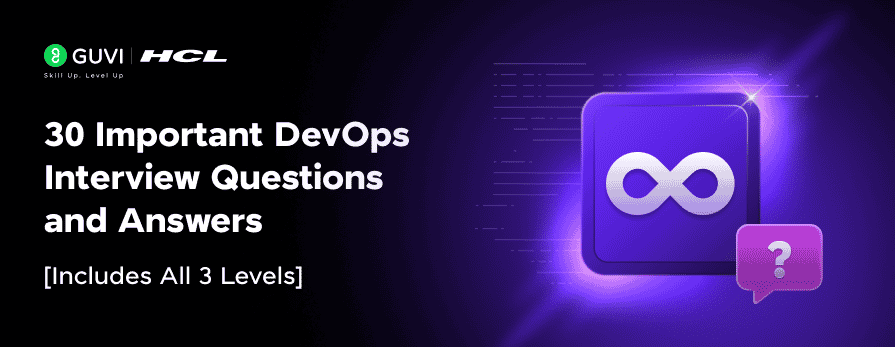
30 Important DevOps Interview Questions and Answers [Includes All 3 Levels]
Oct 10, 2025 6 Min Read 3879 Views
(Last Updated)
Are you preparing for a DevOps interview and becoming nervous as you are unsure of what questions to expect? In today’s fast-paced tech world, DevOps professionals are expected to be not only strong in coding and automation but also skilled in system reliability, container orchestration, and CI/CD practices.
Whether you’re a fresher stepping into your first DevOps role or a seasoned engineer aiming for a senior position, understanding the types of questions interviewers ask and how to answer them confidently can give you a competitive edge.
This article covers the top 30 DevOps interview questions, divided into Beginner, Intermediate, and Advanced levels, to help you structure your preparation effectively. So, without further ado, let us get started!
Table of contents
- Beginner Level DevOps Interview Questions And Answers
- What is DevOps?
- What are the key benefits of DevOps?
- What is the difference between Agile and DevOps?
- What is Continuous Integration (CI)?
- What is Continuous Delivery (CD)?
- What is version control, and why is it important?
- What are some popular DevOps tools?
- What is a build pipeline?
- What is infrastructure as code (IaC)?
- What is a container?
- Intermediate Level DevOps Interview Questions and Answers
- How does Jenkins work in a CI/CD pipeline?
- What is a Jenkinsfile?
- What are the differences between Docker and a Virtual Machine?
- How do you monitor applications in a DevOps environment?
- Explain the concept of “shift left” in DevOps.
- What is the role of Kubernetes in DevOps?
- How would you secure a DevOps pipeline?
- What are blue-green deployments?
- What is the difference between push-based and pull-based deployments?
- Can you write a basic Dockerfile?
- Advanced Level DevOps Interview Questions and Answers
- What’s the difference between CI, CD, and CD?
- How do you handle secrets in a CI/CD pipeline?
- How would you scale a microservices-based architecture?
- What is canary deployment, and how is it different from blue-green?
- How do you ensure zero-downtime deployments?
- Bonus: Scenario-Based DevOps Questions and Answers
- Scenario: Deployment Failure in Production
- Scenario: High CPU Usage in One Microservice
- Scenario: You’re Asked to Set Up CI/CD for a New Project
- Scenario: Sensitive Data in Codebase Detected
- Scenario: Cost Spike in Cloud Bill
- Conclusion
Beginner Level DevOps Interview Questions And Answers
![30 Important DevOps Interview Questions and Answers [Includes All 3 Levels] 1 Beginner Level DevOps Interview Questions And Answers](https://www.guvi.in/blog/wp-content/uploads/2025/05/2087394688.png)
If you’re new to DevOps or coming from a traditional IT or software development background, it’s important to get a solid grasp of the foundational concepts first.
These beginner-level questions cover the core principles, basic tools, and essential terminology that every DevOps professional should understand before progressing further.
1. What is DevOps?
![30 Important DevOps Interview Questions and Answers [Includes All 3 Levels] 2 What is DevOps](https://www.guvi.in/blog/wp-content/uploads/2025/05/2087394689.png)
DevOps is a set of practices that bridges the gap between software development (Dev) and IT operations (Ops). The goal is to shorten the software development lifecycle while delivering high-quality software continuously.
Key Features:
- Emphasizes automation, continuous integration, and collaboration.
- Promotes shared responsibility for software delivery and infrastructure.
- Encourages iterative improvements through feedback loops.
2. What are the key benefits of DevOps?
DevOps offers a range of technical and business benefits:
- Faster Time to Market: Automated testing and deployment speed up releases.
- Improved Collaboration: Teams share responsibilities and work together better.
- Stable Environments: Frequent, small updates reduce risks and errors.
- Rapid Recovery: Easy rollback and monitoring improve uptime.
- Increased Efficiency: Automation removes manual, repetitive tasks.
3. What is the difference between Agile and DevOps?
Agile and DevOps complement each other but focus on different aspects of development.
| Aspect | Agile | DevOps |
| Focus | Development process | End-to-end software delivery |
| Teams | Developers | Dev + Ops (cross-functional) |
| Goal | Faster iteration of features | Faster, reliable delivery |
4. What is Continuous Integration (CI)?
Continuous Integration is a practice where developers frequently push code to a shared repository. Each integration triggers an automated build and test process.
Why it’s important:
- Helps catch bugs early
- Reduces integration issues
- Promotes faster feedback
Tools: Jenkins, Travis CI, GitHub Actions
Example Flow:
- The developer commits code to Git.
- Jenkins detects the change and runs the build + tests.
- Feedback is sent instantly.
5. What is Continuous Delivery (CD)?
Continuous Delivery builds on CI. It ensures that your code is always in a deployable state and can be pushed to production at any time — manually or automatically.
Key Characteristics:
- Every build is production-ready
- Automated testing at each stage
- Reduces deployment risks
Read More: Understanding CI/CD: A Simple Guide for Beginners
6. What is version control, and why is it important?
Version control is a system that tracks changes to code over time. It enables developers to collaborate, manage revisions, and restore previous versions if needed.
Why it matters:
- Prevents overwriting others’ work
- Enables branching and merging
- Supports rollback and auditing
7. What are some popular DevOps tools?
DevOps tools support automation across development, deployment, and operations.
Categories and Examples:
| Area | Tools |
| Version Control | Git |
| CI/CD | Jenkins, GitLab CI |
| Configuration Management | Ansible, Puppet |
| Containerization | Docker |
| Orchestration | Kubernetes |
| Monitoring | Prometheus, Grafana |
8. What is a build pipeline?
![30 Important DevOps Interview Questions and Answers [Includes All 3 Levels] 3 What is a build pipeline](https://www.guvi.in/blog/wp-content/uploads/2025/05/2087394690.png)
A build pipeline is a set of automated steps that transform source code into deployable software.
Common Stages:
- Code Checkout
- Build
- Test
- Package
- Deploy
Benefits:
- Eliminates manual errors
- Ensures consistency
- Enables fast, reliable releases
9. What is infrastructure as code (IaC)?
Infrastructure as Code (IaC) is the practice of managing and provisioning infrastructure using code, rather than manual processes.
Benefits:
- Consistency across environments
- Version-controlled infra
- Easy rollback and scalability
Tools: Terraform, AWS CloudFormation, Ansible
10. What is a container?
A container is a lightweight, standalone package that includes everything needed to run an application: code, runtime, libraries, and configs.
Benefits:
- Platform-independent
- Fast startup
- Efficient resource usage
Intermediate Level DevOps Interview Questions and Answers
![30 Important DevOps Interview Questions and Answers [Includes All 3 Levels] 4 Intermediate Level DevOps Interview Questions and Answers](https://www.guvi.in/blog/wp-content/uploads/2025/05/2087394691.png)
Once you’re comfortable with the basics, it’s time to explore how DevOps practices are applied in real-world scenarios.
The following questions will test your hands-on experience with popular tools like Jenkins, Docker, Kubernetes, and your understanding of CI/CD pipelines, automation, and monitoring strategies.
11. How does Jenkins work in a CI/CD pipeline?
Jenkins is an open-source automation server that helps automate parts of the software development lifecycle, especially Continuous Integration and Continuous Delivery.
How Jenkins Works:
- Developers push code to a Git repository.
- Jenkins polls the repository or listens for webhooks.
- On detecting changes, Jenkins triggers:
- Build (compile the code)
- Test (unit/integration tests)
- Deploy (to staging or production)
12. What is a Jenkinsfile?
A Jenkinsfile is a text file that contains the definition of a Jenkins pipeline and is stored in the source code repository.
Types of Pipelines:
- Declarative (structured, beginner-friendly)
- Scripted (Groovy-based, more flexible)
Example Jenkinsfile (Declarative):
groovy
pipeline {
agent any
stages {
stage('Build') {
steps {
echo 'Building...'
}
}
stage('Test') {
steps {
echo 'Testing...'
}
}
stage('Deploy') {
steps {
echo 'Deploying...'
}
}
}
}13. What are the differences between Docker and a Virtual Machine?
| Aspect | Docker (Container) | Virtual Machine |
| OS Layer | Shares host OS | Includes guest OS |
| Boot Time | Seconds | Minutes |
| Size | MBs | GBs |
| Performance | High | Comparatively lower |
| Use Case | Lightweight app environments | Full OS emulation |
14. How do you monitor applications in a DevOps environment?
Monitoring is essential to ensure performance, reliability, and uptime.
Common Monitoring Stack:
- Metrics: Prometheus + Grafana
- Logs: ELK Stack (Elasticsearch, Logstash, Kibana)
- APM: Datadog, New Relic
Key Metrics to Monitor:
- CPU & memory usage
- Request latency
- Error rates
- Uptime/downtime
15. Explain the concept of “shift left” in DevOps.
“Shift left” refers to moving critical tasks — like testing, security, and performance checks — earlier in the software development lifecycle.
Why Shift Left Matters:
- Catch bugs earlier = cheaper fixes
- Improve development speed
- Reduce deployment failures
16. What is the role of Kubernetes in DevOps?
Kubernetes (K8s) is a container orchestration tool used to automate the deployment, scaling, and management of containerized applications.
Key Features:
- Self-healing (auto-restart failed containers)
- Load balancing
- Rolling updates
- Horizontal scaling
- Secrets and config management
17. How would you secure a DevOps pipeline?
Securing a DevOps pipeline involves protecting the flow of code from commit to deployment.
Best Practices:
- Use secret managers (e.g., Vault, AWS Secrets Manager)
- Enable RBAC (Role-Based Access Control)
- Enforce code signing and image scanning
- Run automated security tests (e.g., Snyk, OWASP ZAP)
- Encrypt data at rest and in transit
18. What are blue-green deployments?
Blue-Green deployment is a release strategy where two identical environments are used:
- Blue: Active production
- Green: New version to be deployed
Steps:
- Deploy the new version to Green.
- Run tests on Green.
- Switch traffic from Blue to Green (via load balancer).
- If anything breaks, switch back to Blue instantly.
19. What is the difference between push-based and pull-based deployments?
| Deployment Type | Push-Based | Pull-Based |
| Flow | Central server pushes updates | Nodes pull updates |
| Tools | Ansible | Puppet, Chef |
| Control | Centralized | Decentralized |
| Complexity | Simple | Requires agent setup |
20. Can you write a basic Dockerfile?
Yes! A Dockerfile defines how to build a Docker image.
Sample Dockerfile (Node.js app):
Dockerfile
# Base image
FROM node:16-alpine
# Set working directory
WORKDIR /app
# Copy package files and install dependencies
COPY package*.json ./
RUN npm install
# Copy app code
COPY . .
# Expose port and start app
EXPOSE 3000
CMD ["npm", "start"]Steps Explained:
- FROM: Specifies the base image.
- WORKDIR: Sets the working directory inside the container.
- COPY & RUN: Copies package files and installs dependencies.
- COPY. : Add your source code.
- CMD: Command to run when the container starts.
This Dockerfile can be used to containerize and run a simple Node.js app.
Advanced Level DevOps Interview Questions and Answers
![30 Important DevOps Interview Questions and Answers [Includes All 3 Levels] 5 Advanced Level DevOps Interview Questions and Answers](https://www.guvi.in/blog/wp-content/uploads/2025/05/2087394692.png)
At this level, you’re expected to think like a DevOps architect or senior engineer. These advanced questions focus on deployment strategies, scaling, disaster recovery, cost optimization, and security best practices.
21. What’s the difference between CI, CD, and CD?
These three are closely related in DevOps, but they refer to different stages:
| Acronym | Full Form | Meaning |
| CI | Continuous Integration | Developers frequently merge code, triggering automated builds & tests |
| CD | Continuous Delivery | Code is always in a deployable state; release is manual |
| CD | Continuous Deployment | Every code change that passes tests is automatically deployed to production |
22. How do you handle secrets in a CI/CD pipeline?
Exposing secrets in your pipeline is a major security risk. Best practice is to manage secrets securely using tools and techniques like:
Best Practices:
- Store credentials in Secret Managers (e.g., HashiCorp Vault, AWS Secrets Manager, Azure Key Vault)
- Avoid hardcoding passwords or API keys in scripts or config files
- Use environment variables securely injected at runtime
- Encrypt secrets at rest and in transit
- Audit access to secrets
23. How would you scale a microservices-based architecture?
Scaling microservices is both a technical and architectural challenge. Here’s how you do it:
Scaling Approaches:
- Use Kubernetes for container orchestration and auto-scaling
- Deploy microservices independently so each scales based on its demand
- Implement Horizontal Pod Autoscaling (HPA) based on CPU, memory, or custom metrics
- Use a service mesh (like Istio) for traffic control and monitoring
- Apply load balancing with ingress controllers
Bonus Tip: Use caching (e.g., Redis) and message queues (e.g., RabbitMQ, Kafka) for better scalability.
24. What is canary deployment, and how is it different from blue-green?
Canary deployment gradually rolls out a new version to a small subset of users to observe system behavior before releasing it to everyone.
| Feature | Canary | Blue-Green |
| Rollout Type | Gradual | All-at-once |
| Rollback | Easy (just stop rollout) | Easy (flip traffic back) |
| Risk | Lower | Medium |
| Use Case | Testing real traffic | Instant environment swap |
25. How do you ensure zero-downtime deployments?
Zero-downtime deployments mean users aren’t affected during software updates.
Strategies:
- Use rolling updates (Kubernetes handles this natively)
- Implement blue-green or canary deployments
- Keep database changes backward-compatible
- Use feature toggles to hide incomplete features
- Ensure proper health checks and readiness probes
Bonus: Scenario-Based DevOps Questions and Answers
While theoretical knowledge is important, real-world DevOps roles demand quick thinking and practical problem-solving. Scenario-based questions test your ability to respond to incidents, optimize systems, and make strategic decisions under pressure. Here are some basic questions to get you started with:
1. Scenario: Deployment Failure in Production
Question:
Your CI/CD pipeline just deployed a new version to production, but users are reporting issues, and the app is crashing. How would you handle this situation?
Answer:
First, I would stop further deployments to avoid worsening the issue. Then, I’d check the pipeline logs, container logs (e.g., from Kubernetes or Docker), and monitoring dashboards (like Prometheus/Grafana) to identify what caused the crash.
If a recent code commit is the cause, I’d initiate a rollback using a previous stable deployment (via Git tag or container version). For zero-downtime rollback, I might use a blue-green or canary rollback strategy. Once stabilized, I’d run a root cause analysis and improve test coverage or health checks to prevent recurrence.
2. Scenario: High CPU Usage in One Microservice
Question:
You observe unusually high CPU usage in one of the microservices running on Kubernetes. What steps would you take to troubleshoot and resolve this?
Answer:
I’d first confirm the high CPU usage via Kubernetes metrics (e.g., kubectl top pod) and cloud monitoring tools. Then I’d:
- Identify the pod(s) affected and check logs for exceptions or memory leaks.
- Use resource limits and requests in the pod configuration to control overconsumption.
- Investigate recent code or dependency changes in that microservice.
- If scaling is appropriate, apply a Horizontal Pod Autoscaler (HPA) to distribute the load.
This ensures stability while enabling deeper performance analysis for a long-term fix.
3. Scenario: You’re Asked to Set Up CI/CD for a New Project
Question:
You’re starting on a greenfield project and need to set up a CI/CD pipeline from scratch. What would your approach be?
Answer:
My approach would include:
- Version control setup using Git (GitHub/GitLab).
- CI/CD tool selection — Jenkins, GitHub Actions, or GitLab CI.
- Define a Jenkinsfile or YAML-based pipeline to:
- Checkout code
- Run unit tests
- Build artifacts (e.g., Docker image)
- Run static code analysis and security scans
- Deploy to the dev/staging environment
- Configure notifications (e.g., Slack, email) for pipeline failures.
- Integrate approval gates for production deployments.
- Set up monitoring and rollback strategies post-deployment.
This ensures an automated, test-driven, and secure release cycle from day one.
4. Scenario: Sensitive Data in Codebase Detected
Question:
During a security audit, your team discovers that API keys were accidentally committed to the Git repository. What steps would you take?
Answer:
First, I’d revoke the exposed API keys to prevent misuse. Then:
- Remove the secrets from the Git history using tools like git filter-branch or BFG Repo-Cleaner.
- Force-push the cleaned branch and inform all contributors to re-clone the repo.
- Introduce .gitignore rules to prevent committing secrets in the future.
- Shift to using a secret manager (e.g., HashiCorp Vault, AWS Secrets Manager).
- Integrate pre-commit hooks and security scanners like GitLeaks in the CI pipeline.
Security hygiene is critical in DevOps—automation helps enforce it consistently.
5. Scenario: Cost Spike in Cloud Bill
Question:
Your company’s monthly cloud bill has suddenly spiked. As a DevOps engineer, how would you investigate and reduce costs?
Answer:
I’d start by analyzing the cloud billing dashboard to identify which services are responsible for the cost increase. Then:
- Check for idle or orphaned resources (unused VMs, volumes, or load balancers).
- Audit auto-scaling policies and set limits if over-provisioning is detected.
- Identify expensive resources (e.g., large EC2 instances or premium storage) and consider downsizing.
- Enable auto-shutdown schedules for non-prod environments.
- Move appropriate workloads to spot/preemptible instances.
- Implement budget alerts and cost monitoring tools like AWS Budgets or GCP Cost Management.
After cost reduction, I’d prepare a report and establish ongoing monitoring.
If you want to learn more about DevOps and get NSDC certification along with it, then you must sign up for the DevOps Course with NSDC Certification offered by HCL GUVI, which gives you in-depth knowledge and hands-on training with top tools like Git, Jenkins, Docker, and Kubernetes under the guidance of an industry expert.
Conclusion
In conclusion, DevOps isn’t just a buzzword, it’s a mindset that transforms how teams build, ship, and manage software.
From understanding the fundamentals of CI/CD to handling advanced challenges like canary deployments, disaster recovery, and cost optimization, being well-prepared for these questions ensures you’re interview-ready for real-world DevOps roles.
Use these 30 questions as both a self-checklist and a study guide to sharpen your knowledge, refine your approach, and walk into your next interview with confidence. Keep learning, stay hands-on, and embrace the continuous improvement DevOps stands for.


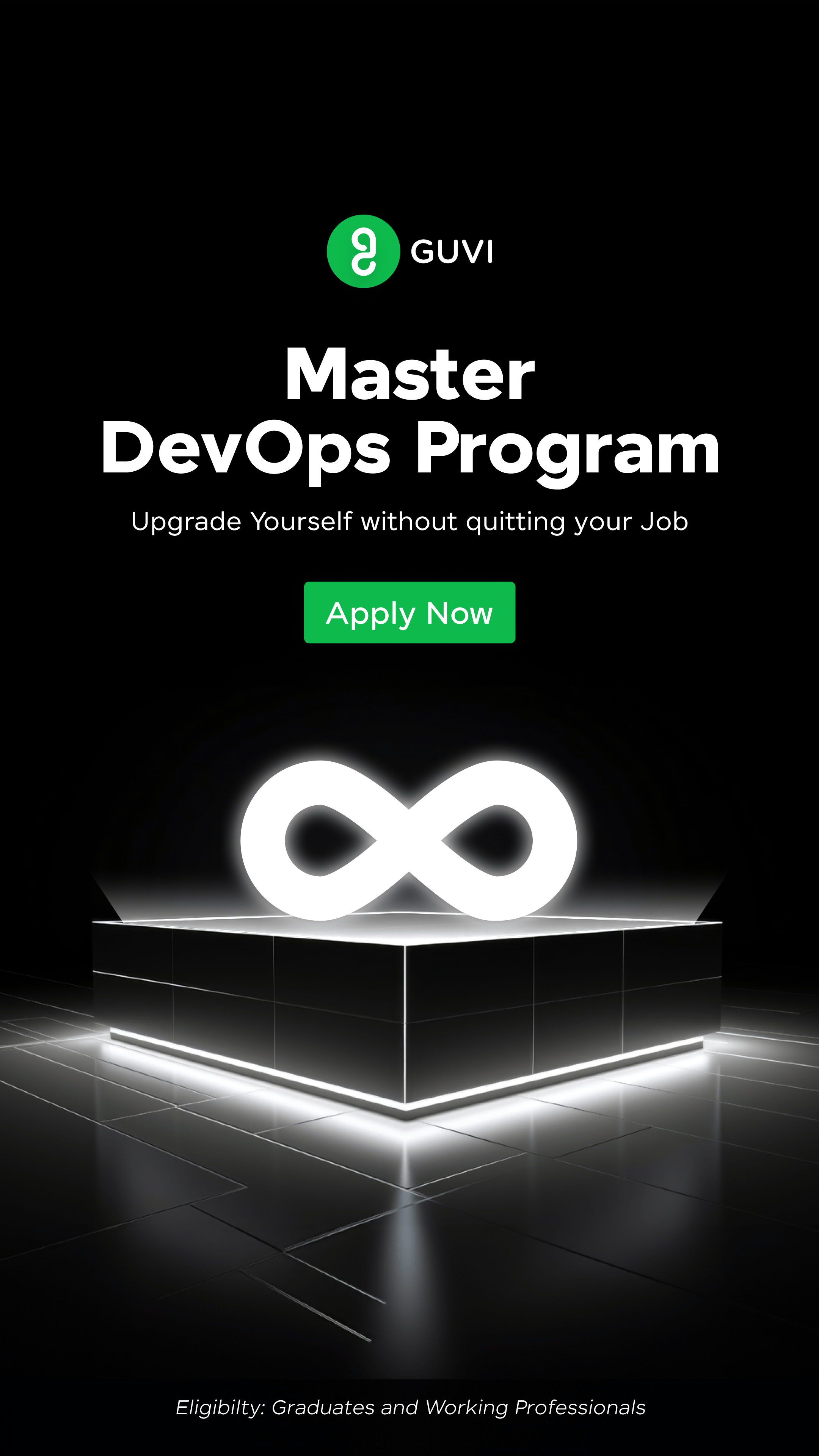




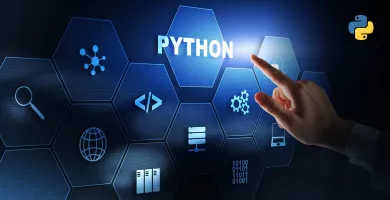













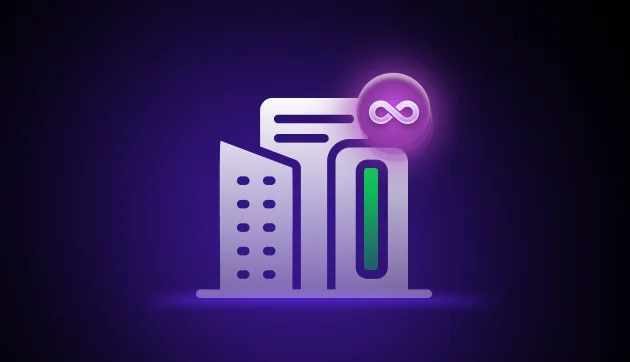
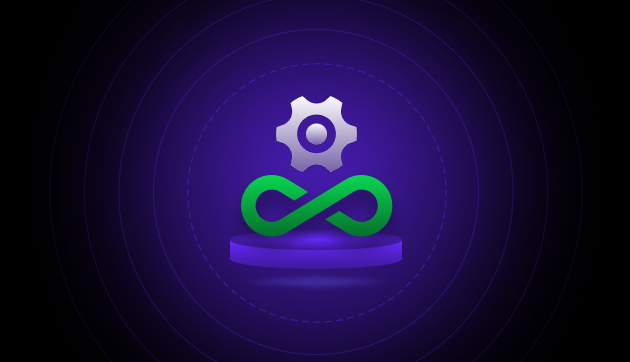
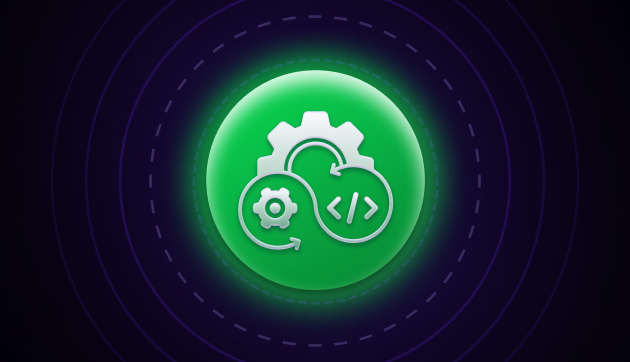
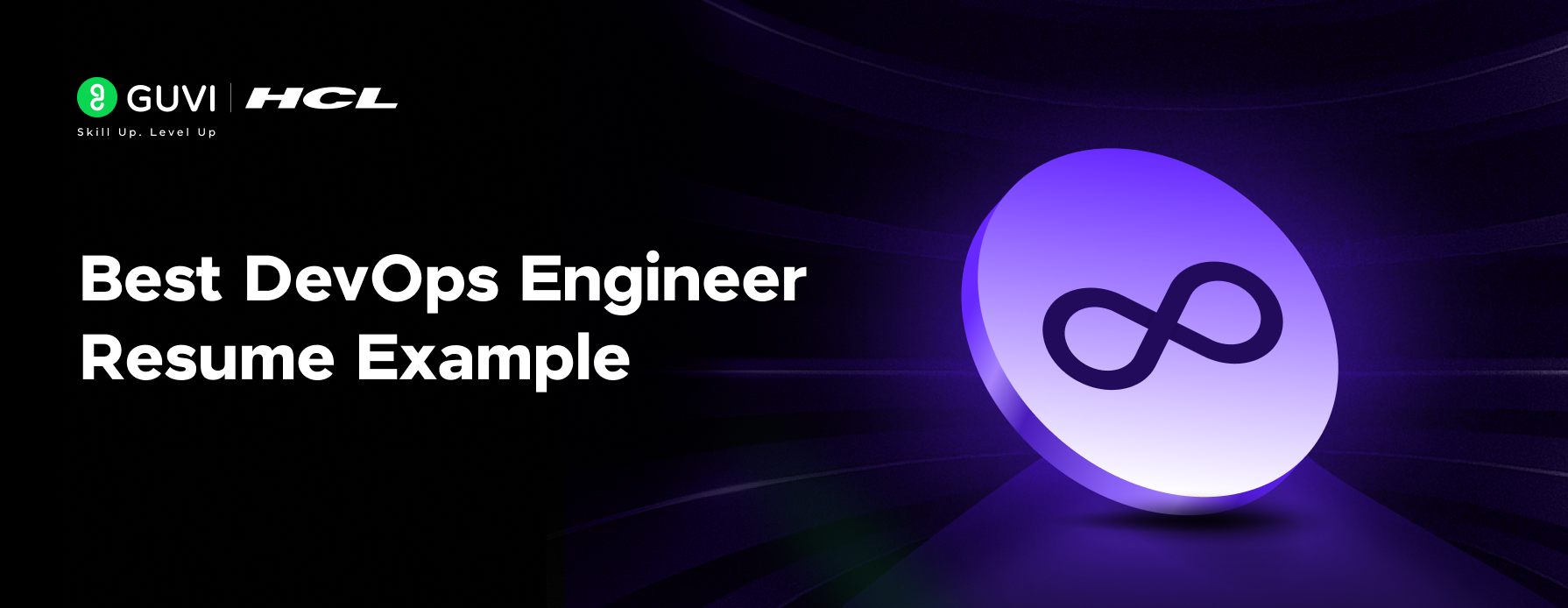
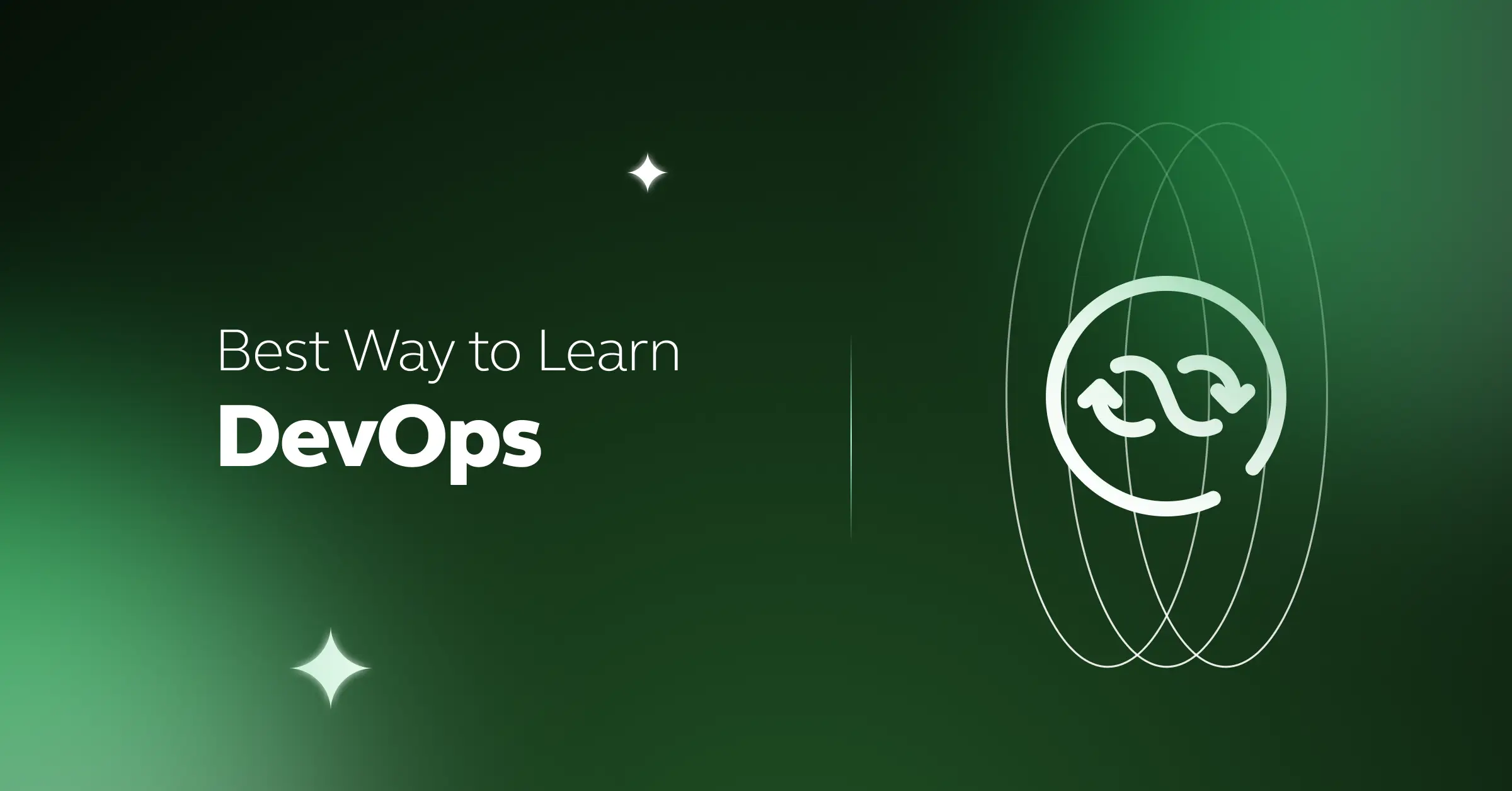
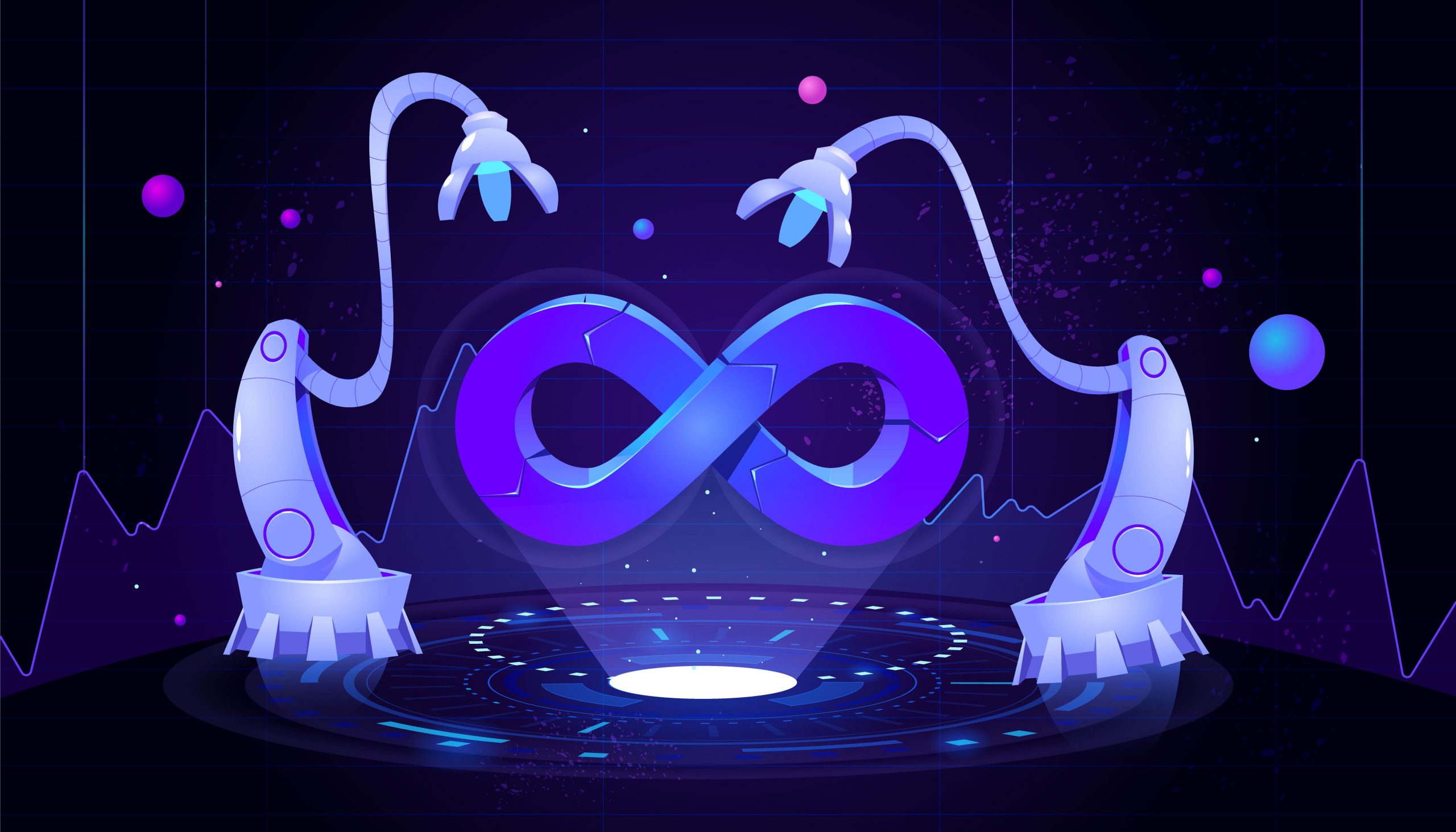
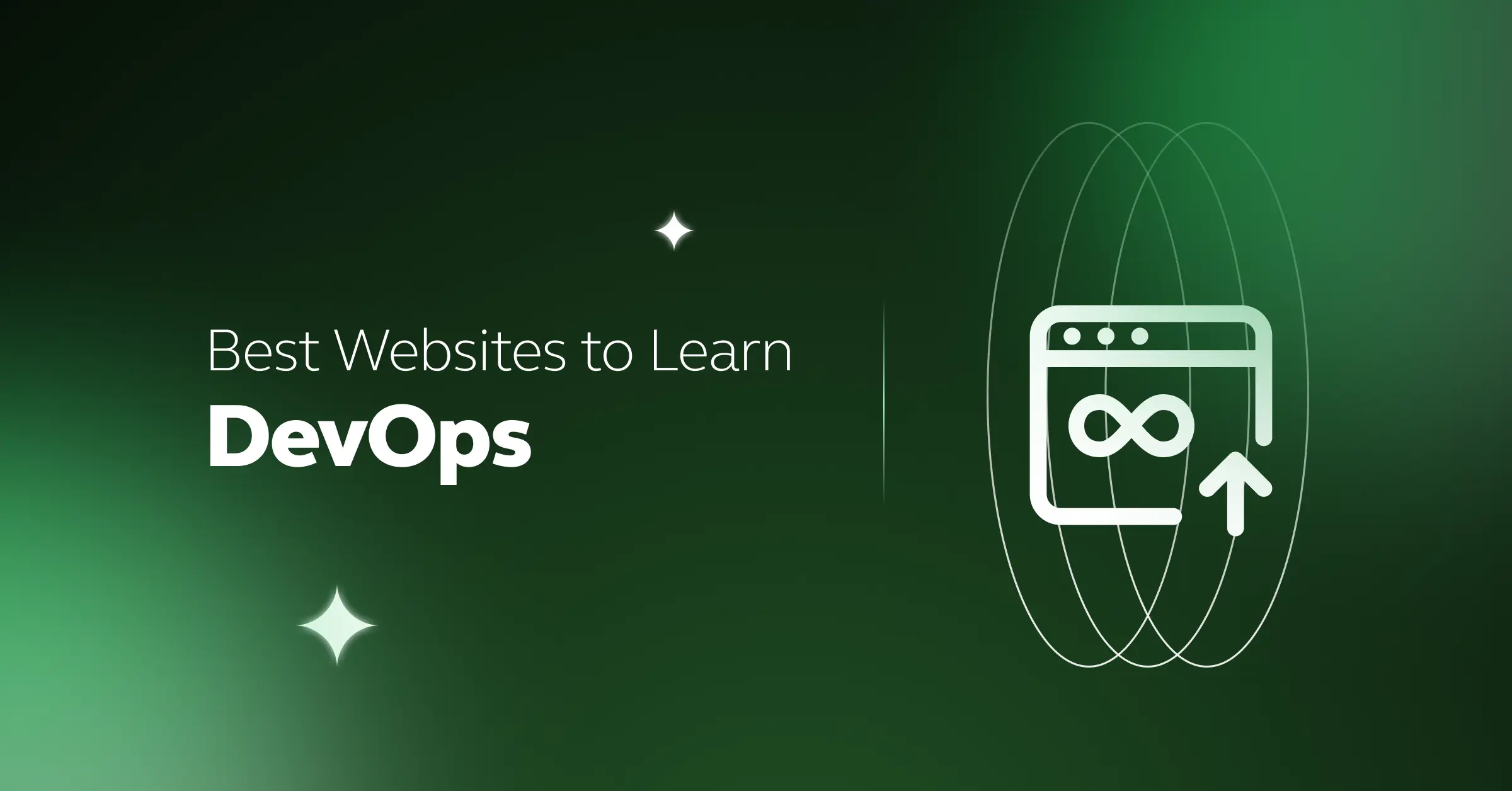
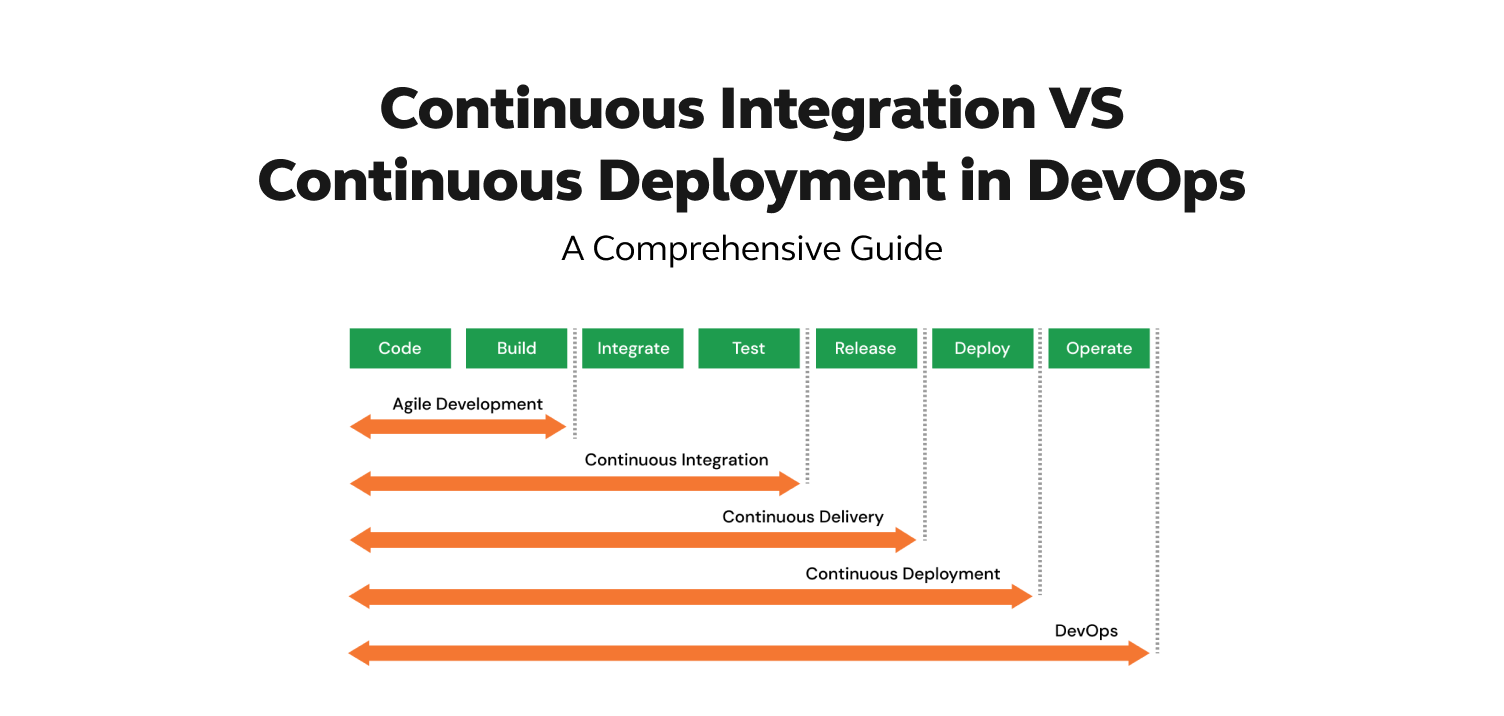
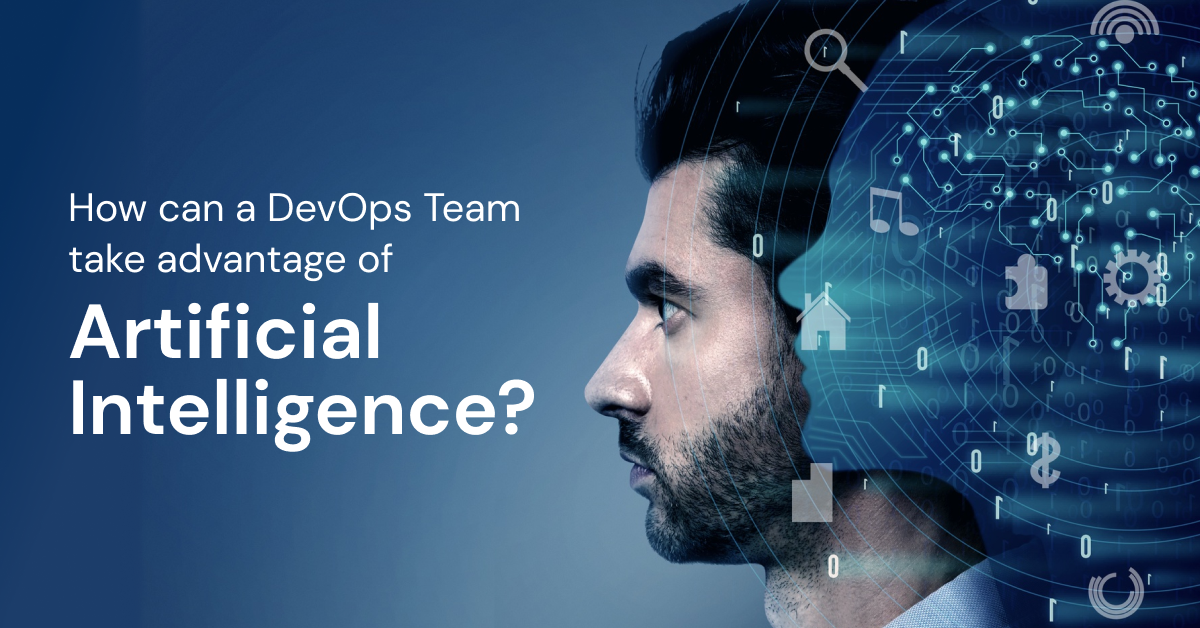




Did you enjoy this article?